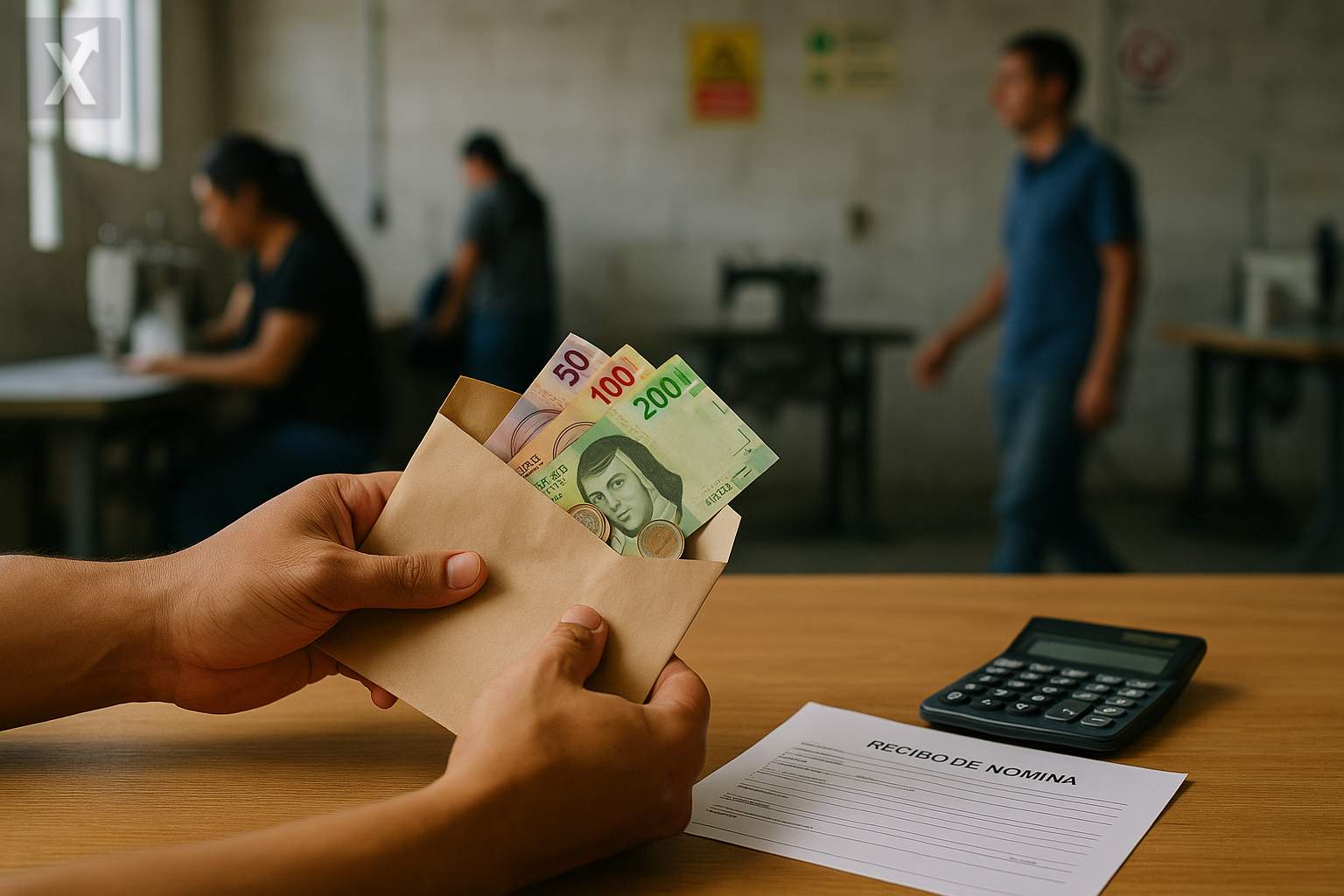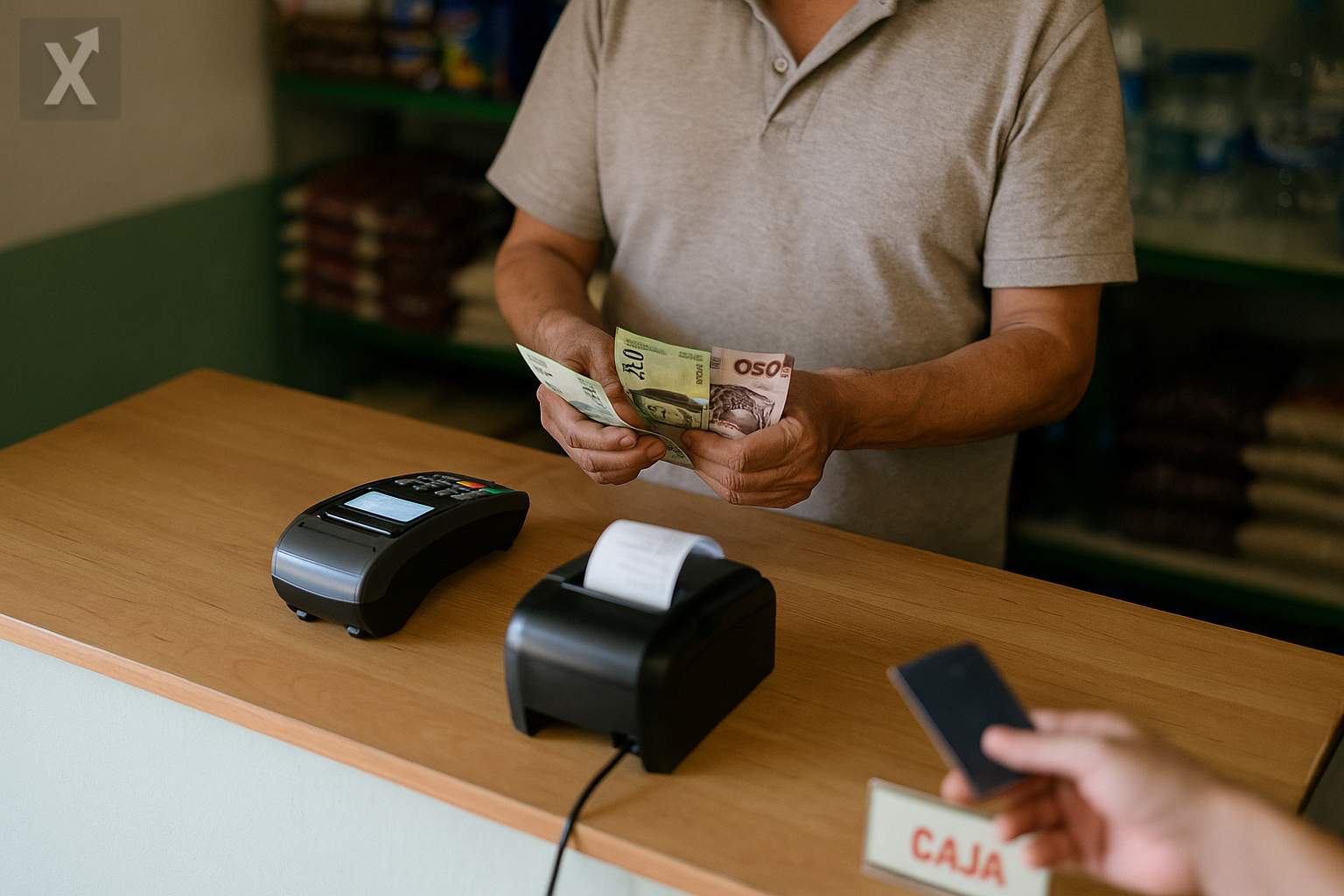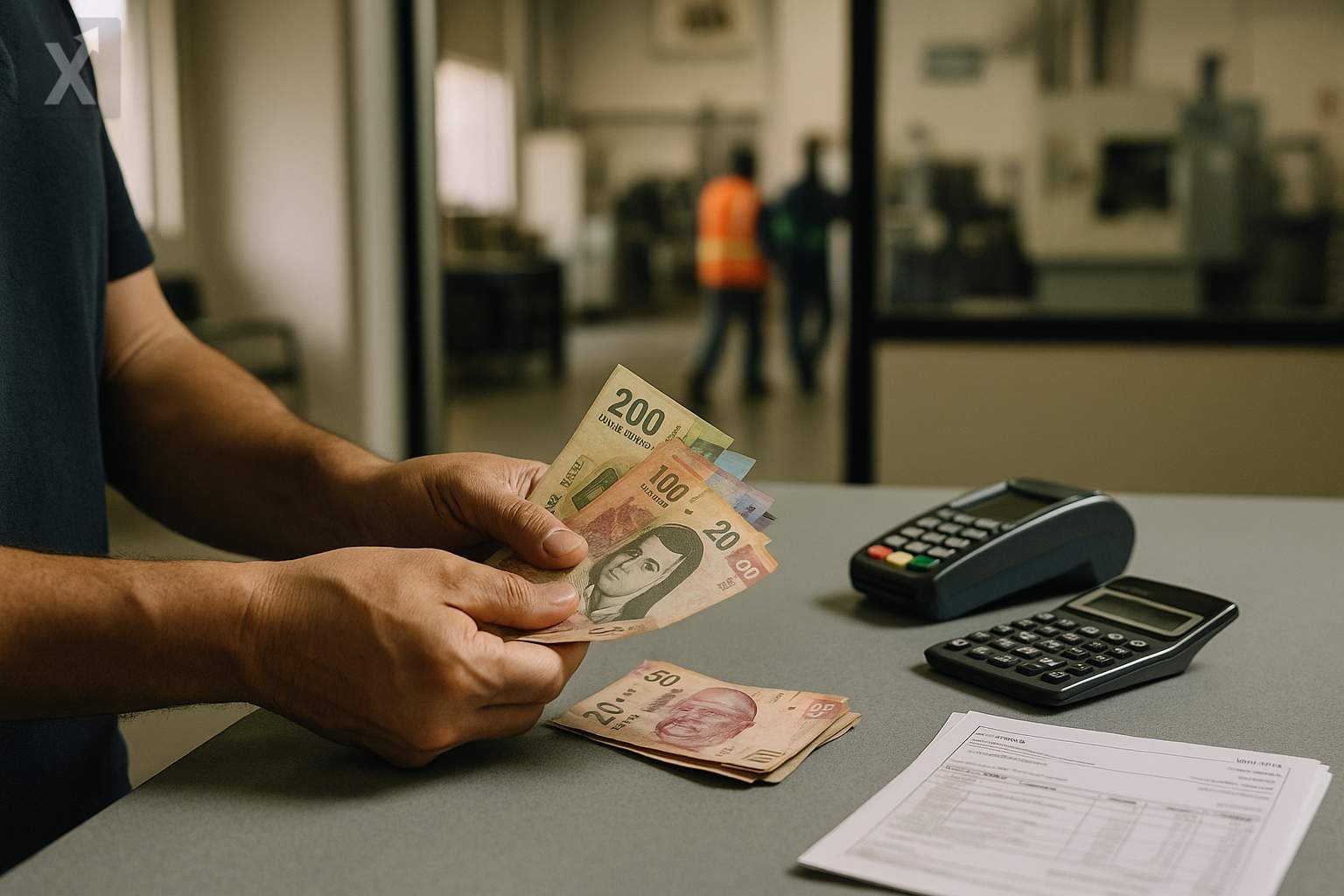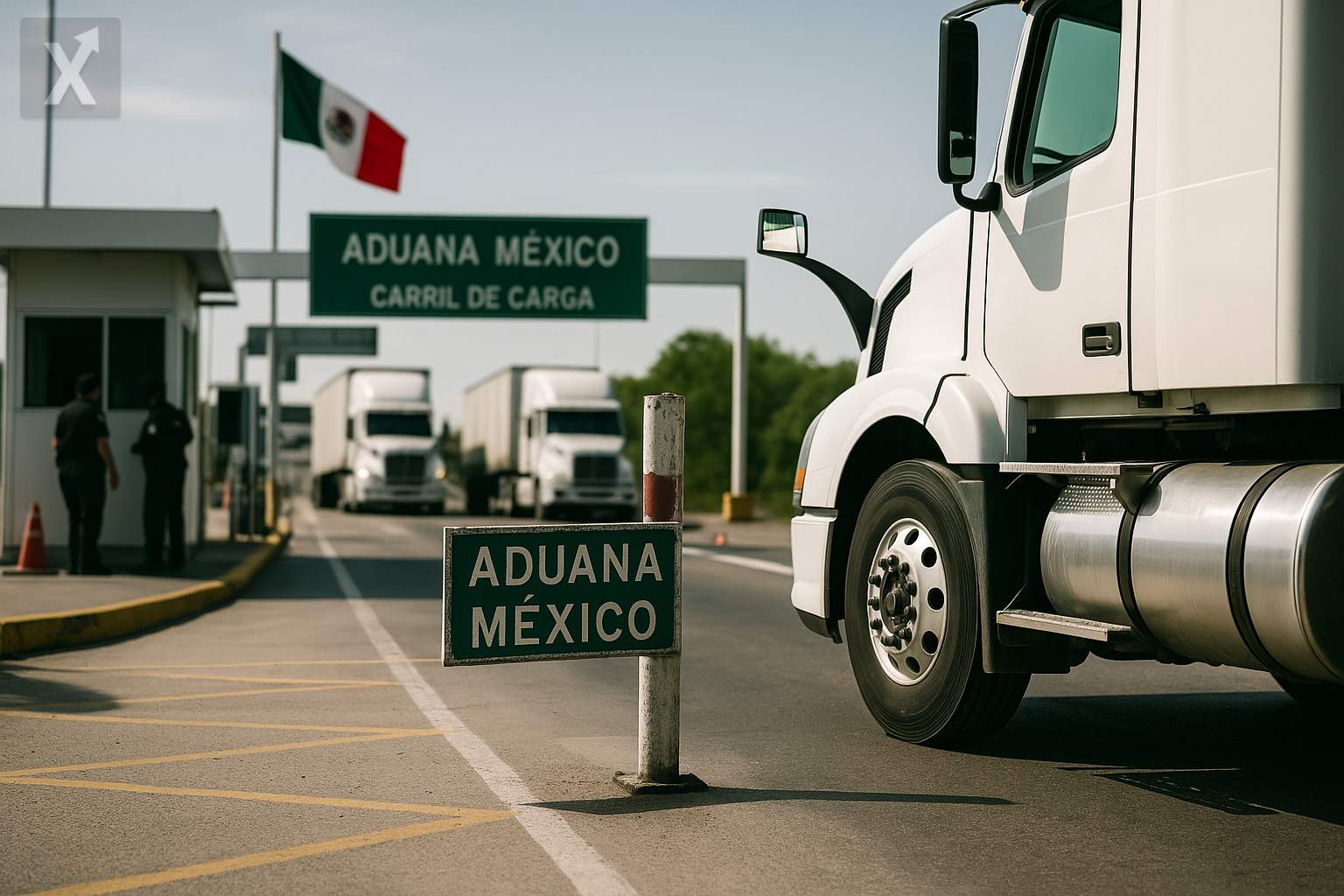Gold at Record Highs and Mexico in the Spotlight: Strong Production, Limited Reserves, and a Volatile 2025 Ahead
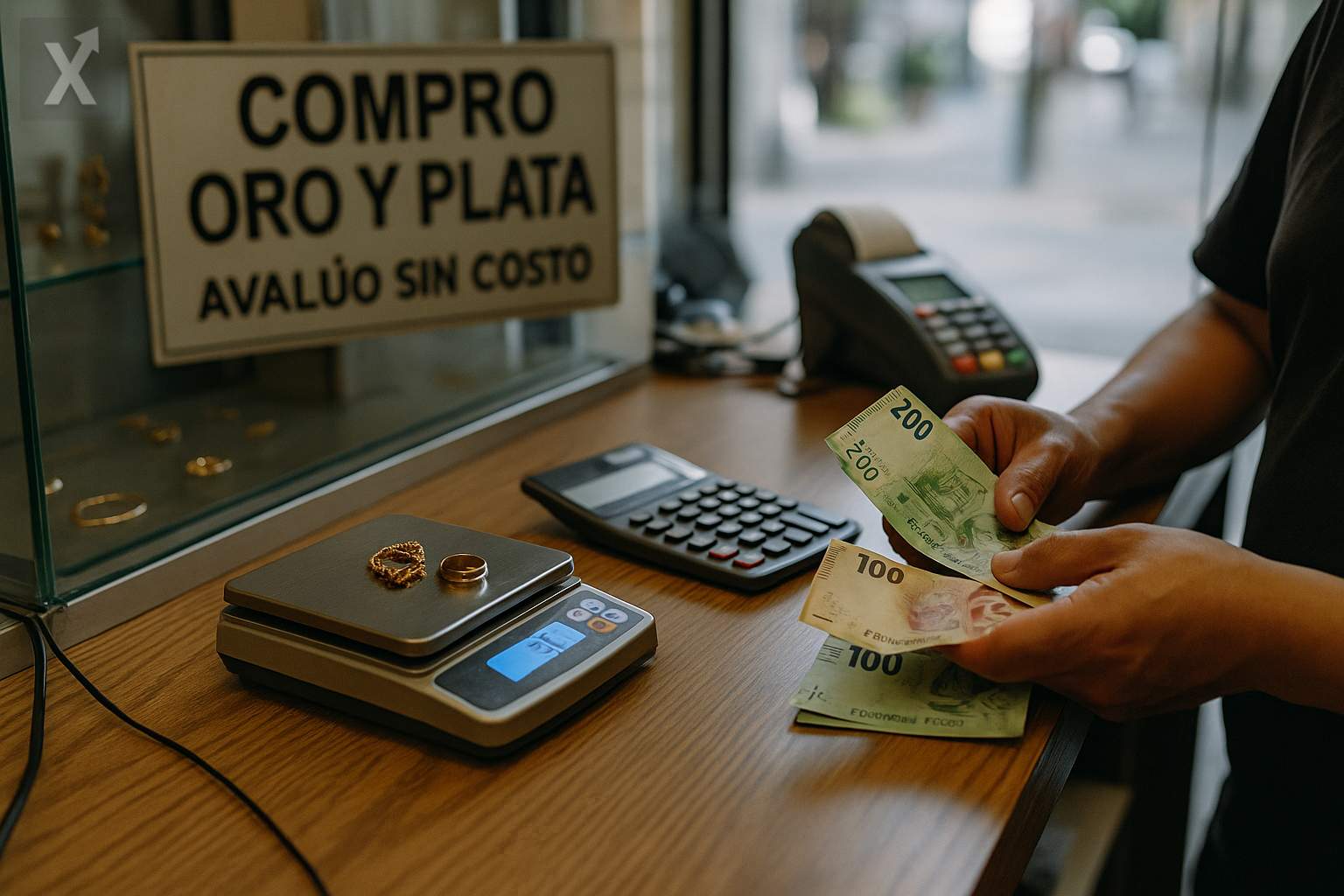
Gold prices have soared to record levels in 2025, driven by a global search for safe havens amid economic and geopolitical uncertainty. In this context, Mexico maintains a significant role as one of the world’s top ten gold producers, although it has limited domestic demand and relatively small official reserves compared to other economies. Gold’s recent dynamics are reshaping incentives for mining investment, the country’s external balance, and the valuation of its international reserves.
Globally, China leads production, accounting for nearly 10% of global supply, followed by Russia, Australia, and Canada. Mexico produces around 140 metric tons annually, with mining activity concentrated in the states of Sonora, Zacatecas, Guerrero, Durango, and Chihuahua. Although Mexico is a key player in Latin America, its domestic market absorbs less than 15 tons per year, making the vast majority of production export-oriented. This mismatch between local supply and internal consumption makes the sector even more dependent on international prices and exchange rates.
The recent gold rush received an additional boost after the discovery of the Wangu deposit in China’s Hunan province, announced at the end of 2024, with estimated reserves exceeding 1,000 metric tons and ore grades above the global average. While developing this mine will take time, the discovery reinforces China’s leadership in gold mining and could affect supply trends over the coming decade. In the short term, however, gold prices remain closely tied to real interest rate expectations, the strength of the dollar, and episodes of risk aversion.
When it comes to official gold reserves, the picture changes. The United States, Germany, Italy, and France hold the top spots for gold bullion reserves. China sits in the upper tier after ramping up purchases in recent years, while Mexico ranks around 35th, with roughly 120 tons held by its central bank. For Banco de México (Mexico’s central bank), gold serves as a diversification component within a portfolio dominated by dollar assets and SDRs; its relative weight is modest, but soaring prices enhance the market value of reserves and provide a buffer during periods of volatility.
Current price levels—which have surpassed $3,300 per ounce—are a tailwind for mining companies operating in Mexico, especially those with costs in pesos and revenues pegged to the dollar. However, the sector faces familiar challenges: regulatory certainty following reforms to the Mining Law, stricter environmental and water permits, greater social and security demands in certain regions, as well as rising energy and logistics costs. The realization of new projects and expansions—such as those planned in Guerrero and Sonora—will depend on clear rules of the game and the availability of infrastructure.
For the Mexican economy, a period of expensive gold brings mixed implications. On the positive side, it improves terms of trade, increases revenue from royalties and mining rights, and has spillover effects on regional supply chains. On the risk side, it raises exposure to commodity price shocks and can intensify local tensions if environmental and social impacts aren’t properly managed. Moreover, the strength or weakness of the peso affects margins: an appreciating exchange rate lowers the cost of imported inputs but reduces local currency revenues for exporters, while a depreciating peso does the opposite.
In the medium term, ongoing central bank demand for gold as a reserve asset—a trend in recent years—and the use of gold in high-end electronics may help support a floor for prices, even amid temporary corrections. For Mexico, the focus should be on unlocking responsible investment, strengthening operational security, and accelerating advancements in energy and infrastructure. An environment with clear rules and public-private coordination will be key for high prices to translate into profitable and sustainable projects.
In summary, Mexico enters this rally with a dual position: it produces a lot, consumes little, and maintains limited official reserves. The gold upturn creates opportunities for income, investment, and jobs in mining regions, but requires regulatory certainty, risk management, and macroeconomic discipline to make the most of the cycle without neglecting sustainability.
